Adrian Houston: Queen’s Green Canopy


I have always had a strong affinity with trees and woodlands having grown up in Scotland surrounded by woodlands and forests. My earliest memory is of sheltering under a Scots pine on a fishing trip with my father, aged six or seven. It’s where I caught my first brown trout, and I am happy to say that the tree is still standing proud overlooking Loch Tulla in Glencoe.
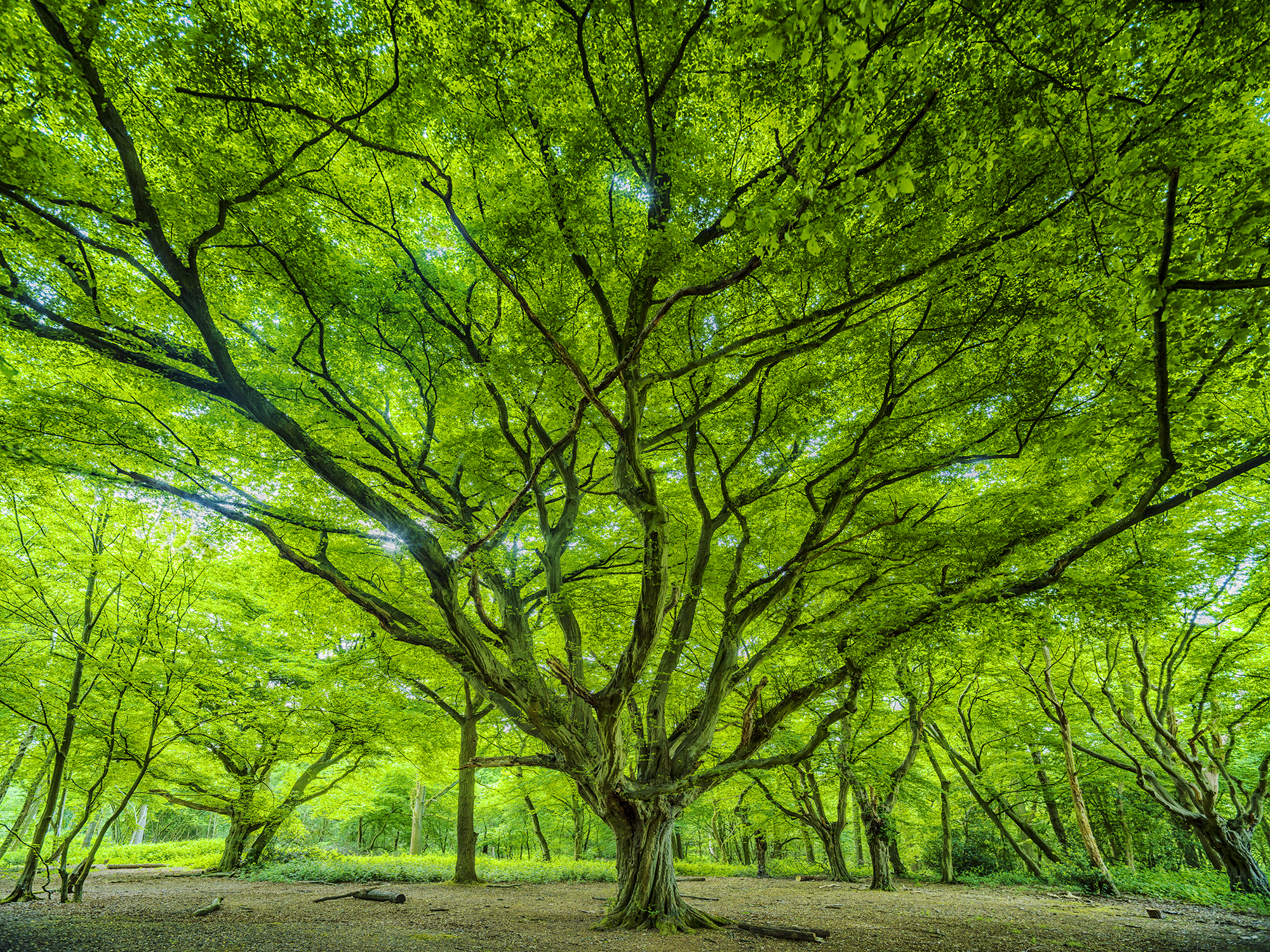
The Queen’s Green Canopy is a way of illustrating how trees and woodlands connect us all on a universal level. They are a defining and constant part of the landscape. The way trees communicate with one another and other species underneath the forest floor, sharing nutrients and water through their root systems, is something known as the wood wide web. The method by which more seasoned mother trees can detect the ill health of their neighbors – and provide them with much-needed nutrients – through this mycorrhizal network is a lesson to us all.

This campaign has shone a light on our ancient trees and woodlands and the importance of planting for our future generations. The honour of capturing these organisms in a book for HM the Queen’s Platinum Jubilee, and the opportunity to spend time in their company, is one of the best experiences you could ever have.
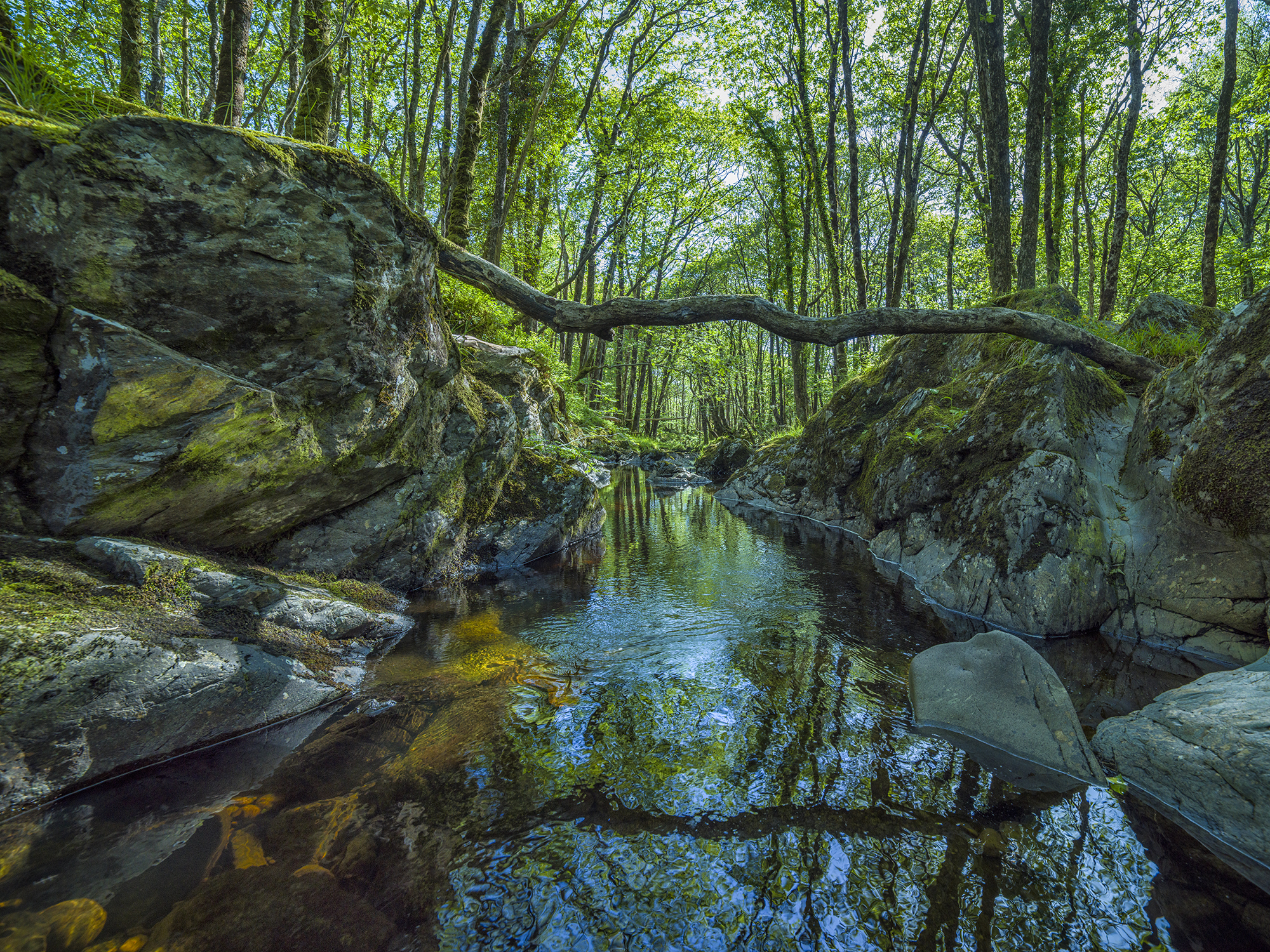
This need to protect what we have before it is too late has influenced my work for as long as I can remember. Experiencing first-hand the natural power of the earth gives you an appreciation of the sheer force of what surrounds us, together with the ability to breathe. In 2004 I was photographing the vent of Kilauea (the goddess of fire) on the Big Island in Hawaii when the volcano started to erupt. This near-death experience made me realise just how insignificant we are to the natural power of the earth and how we must do our utmost to protect our planet.

Nature has an intensity so strong it gives you a totally different view on the world. When you witness earth’s natural power, it is sometimes hard to see its underlying fragility. But scratch beneath the surface and it is there.
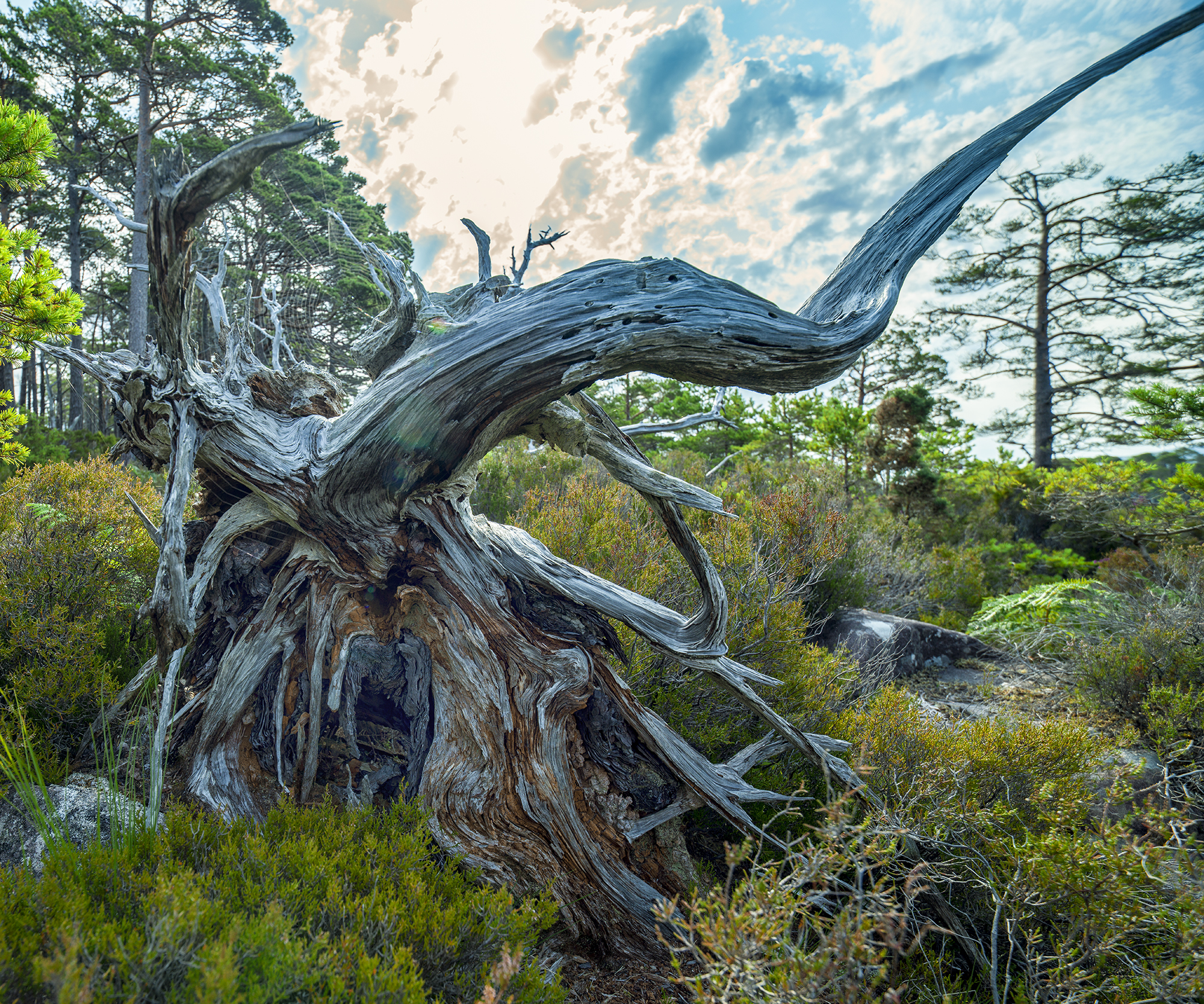
My life’s journey has made me understand how important trees are to mankind: they provide us with the very air we breathe, soaking up and capturing carbon from the atmosphere and converting it into oxygen. They stabilise our soil – preventing erosion – and help to limit flooding by absorbing stormwater. They provide shelter and food for wildlife – from multitudes of tiny insects to tawny owls, bats and deer – supporting teaming ecosystems. In our cities, it is estimated that trees can reduce temperatures by as much as 7°C while their canopies trap dust and pollutants from the air.
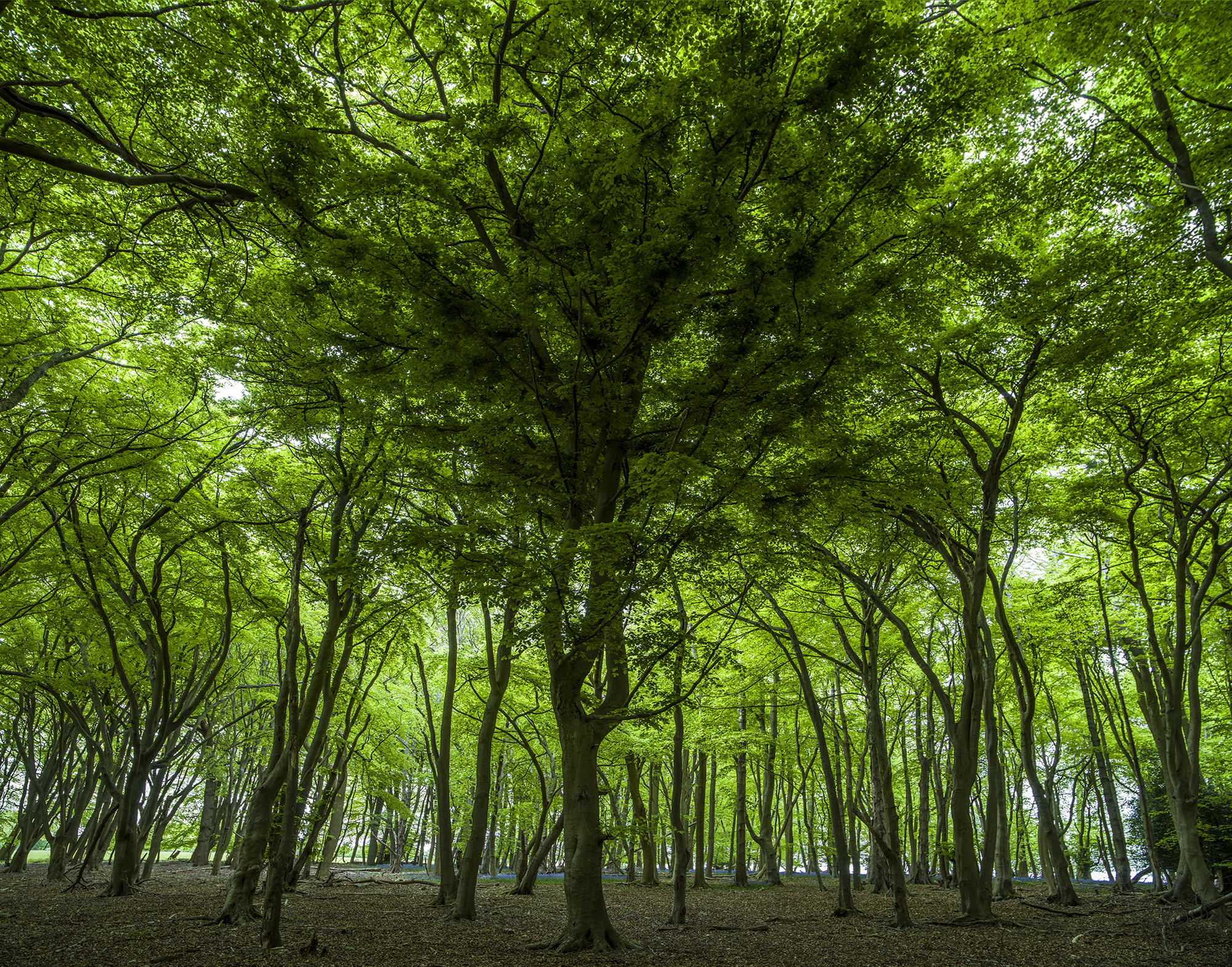
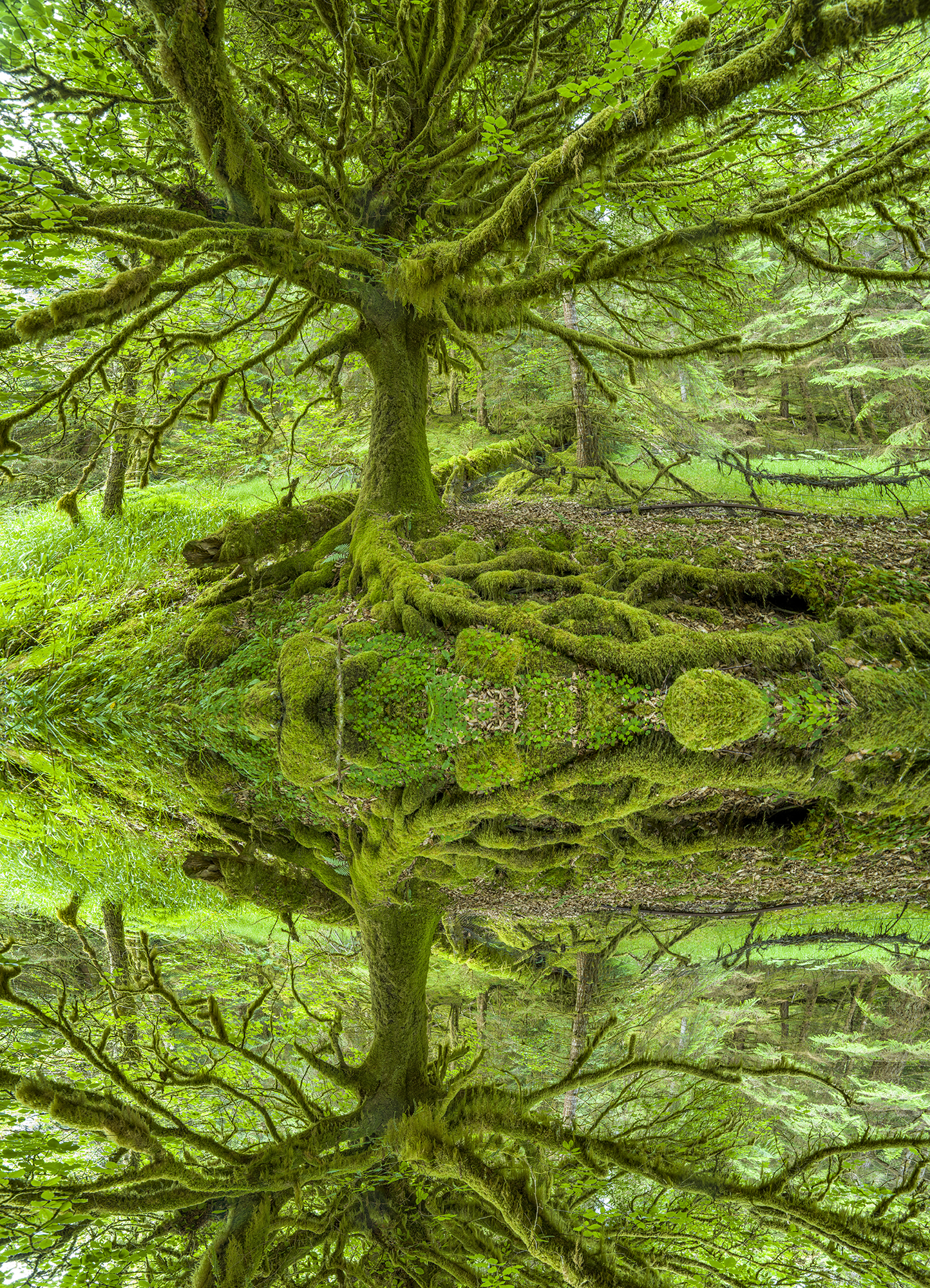
 Next Project
Next Project
- Categories:
- Share Project :
 Next Project
Next Project
